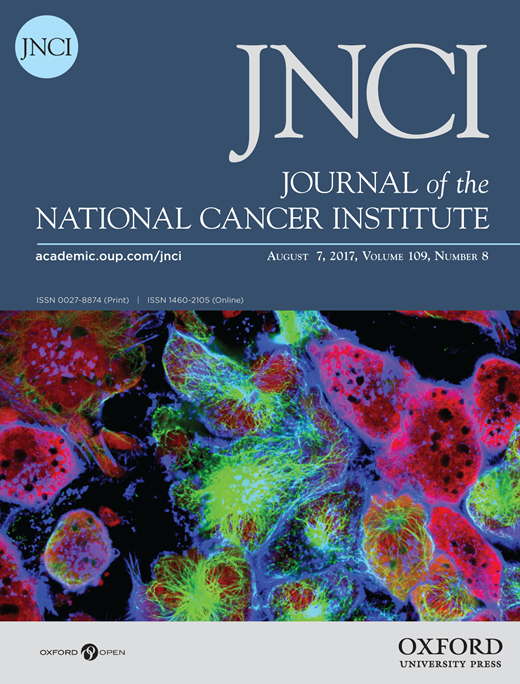
The Impact of Social Contagion on Physician Adoption of Advanced Imaging Tests in Breast Cancer
Abstract
Background: Magnetic resonance imaging (MRI) and positron emission tomography (PET) scans are widely used in breast cancer practice despite unproven benefits. We examined the extent to which social contagion is associated with adoption of these imaging modalities.
Methods: We used Surveillance, Epidemiology, and End Results–Medicare to construct peer groups of physicians who shared patients during a baseline period when these imaging modalities were starting to disseminate into practice (2004–2006) and determined the potential impact of these peer groups during a follow-up period (2007–2009). For non-early-adopting surgeons (whose patients did not receive MRI/PET during baseline), we used hierarchical logistic regression models to examine the effect of their peer group’s baseline use on their use of MRI/PET during the follow-up period, adjusting for patient characteristics and hospital MRI/PET use.
Results: For MRI, there were 6424 women diagnosed in the follow-up period assigned to 986 non-early-adopting surgeons. During baseline, 9.3% of women received an MRI, varying across peer groups from 0% to 81%. Women assigned to surgeons whose peers had the highest rate of baseline MRI use were more likely to receive MRI compared with women whose surgeons’ peers did not use MRI (24.9% vs 10.1%, adjusted odds ratio [OR] ¼ 2.47, 95% confidence interval [CI] ¼ 1.39 to 4.39). Physician peers were associated with uptake of PET imaging (OR for highest vs lowest baseline peer group PET use ¼ 2.04, 95% CI ¼ 1.24 to 3.36).
Conclusions: The phenomenon of social contagion may offer opportunities to better understand how new approaches to cancer care disseminate into clinical practice.
Citation:
C.E. Pollack, P.R. Soulos, J. Herrin, X. Xu, N.A. Christakis, H.P. Forman, J.B. Yu, B.K. Killelea, S.Y. Wang, C.P. Gross, "The Impact of Social Contagion on Physician Adoption of Advanced Imaging Tests in Breast Cancer" Journal of National Cancer Institute, March 2017) DOI: 10.1093/jnci/djw330